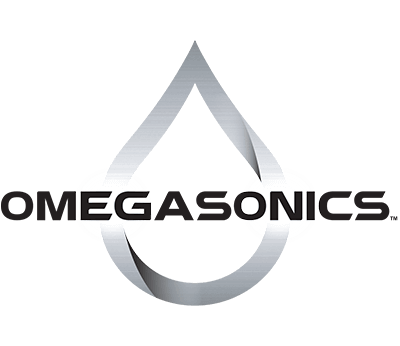There are a lot of myths about ultrasonic cleaning. Over the years, it seems I’ve heard it all regarding ultrasonic cleaning. I don’t know where or how the mistruths come about, but there is an enormous amount of misinformation in the public domain about best ultrasonic cleaners and what they can and can’t do. Omegasonics […]
Omegasonics the Environmentally Friendly Cleaner
In our modern-day world of green cars, green energy, and green products, it’s nice to know that ultrasonic cleaning is also a green process. Harsh chemicals, solvents, and ozone-depleting chemicals are losing favor with consumers and enterprises alike as we look to reduce our ecological footprint. Ultrasonic cleaners are environmentally friendly because they use safe […]
Ultrasonic Cleaning – An Excellent Choice for Gun Cleaning
After some initial reluctance on the part of gun owners, many are now discovering that ultrasonic cleaning is a safe and excellent choice for gun cleaning and refurbishing. Gun cleaning using an ultrasonic cleaning system is effective, safe, and saves hours of time. We knew it all along, but hunters and sport shooters were hesitant about […]
What are the Different Types of Cleaning Solutions Available for Ultrasonic Cleaners?
There are a seemingly endless variety of cleaning solutions available for us to use in ultrasonic cleaners. Choosing the right one is as important to the ultrasonic cleaning process as the selection of an appropriate temperature and the amount of time the parts will be cleaned. While we must know exactly what the parts are […]
Why Use De-ionized Water in an Ultrasonic Cleaning System?
Many of the parts we place in ultrasonic cleaning systems don’t need—or can’t stand—detergents. Semiconductor wafers, some surgical instruments, many printed circuit boards, delicate antiques, and dental prosthetics are just a few of them. For parts like these and many more, the best cleaning solution to use in ultrasonic cleaners is de-ionized water. It seems […]
How Ultrasonic Cleaning Keeps Employees Safe
Before ultrasonic cleaning became a popular method for cleaning parts and components, removing contamination from parts was expensive, time-consuming, and a task that put employees at risk. Cleaning components by hand exposed workers to potential cuts and punctures from sharp edges, sharp tools, or heavy parts that might get dropped. Even if the parts were […]
How Does Degassing Affect Ultrasonic Cleaning?
Degassing fresh cleaning solution in ultrasonic cleaning systems is imperative if we want to hit a home run cleaning our parts. Omegasonics explains why in this article. Every time we replace the cleaning solution in our ultrasonic cleaning systems, or top off the solution lost to evaporation over time, we introduce liquids that contain dissolved […]
How Does Cavitation Erosion Occur in Ultrasonic Cleaners?
Cavitation erosion is rare, but it can occur in certain materials when they are placed in ultrasonic cleaners. Short cleaning cycles prevent this type of damage. Ultrasonic cleaners work on the basis of cavitation. Gas bubbles form in the cleaning liquid due to alternating high and low pressure cycles, and as the bubbles on the […]
Top Car Parts to Clean in an Ultrasonic Cleaning System
It’s hard to imagine a tool that was more perfectly designed for the auto mechanic than an ultrasonic cleaning system. Yes, impact wrenches, hydraulic lifts, and computerized diagnostic analyzers are all nice, but no other piece of equipment can cut hours off of a repair or rebuild job like ultrasonic cleaners can. Cleaning tasks that […]
How Long Should a Cycle Take in Ultrasonic Cleaners?
Ultrasonic cleaners are popular because they clean parts and equipment thoroughly and efficiently, work on a wide range of materials, and remove a tremendous variety of contaminants. With all that said, the process is not universal. Ultrasonic cleaning times vary according to a number of variables: the type of contaminant, the cleaning detergent used, the […]
- « Previous Page
- 1
- …
- 5
- 6
- 7
- 8
- Next Page »
